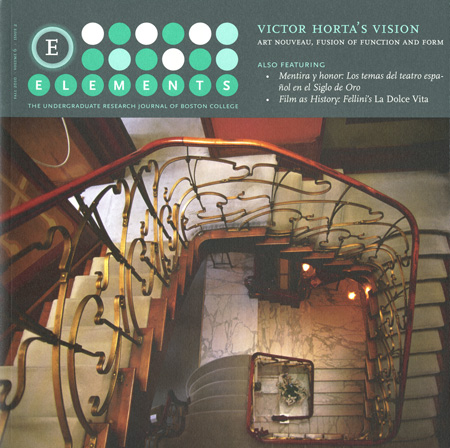Film as History: Fellini's La Dolce Vita as a Historical Artifact
DOI:
https://doi.org/10.6017/eurj.v6i2.9034Keywords:
Fall 2010, humanities, filmAbstract
IIn 1960, Italy was a country in rapid cultural transition. Nowhere was this cultural current, this ebb of conservative Italian virtue and flow of flashy Italian consumerism, more evident than in Italy's age-old seat of power: Rome. During this time, famed director Federico Fellini undertook to enlist the elements of high-modernism and auteurism in the creation of a work of art that would capture something of the new culture rising in Rome. The result was the now canonical film La Dolce Vita. Infamous for its sensuality, but eminent for its masterly artistic story-telling, fifty years have seen the value of Fellini's film for film critics and historians alike increase substantially. Here, that value will be assessed by an analysis of the film's reception at the time of its release, followed by a close look at the film itself. An exploration of how La Dolce Vita simultaneously captures and criticizes the period of its production demonstrates this work of art's invaluable status as a historical artifact.Downloads
Published
2010-11-10
How to Cite
Zimmermann, Z. (2010). Film as History: Fellini’s La Dolce Vita as a Historical Artifact. Elements, 6(2). https://doi.org/10.6017/eurj.v6i2.9034
Issue
Section
Articles
License
Copyright (c) 2015 Elements

This work is licensed under a Creative Commons Attribution 4.0 International License.

